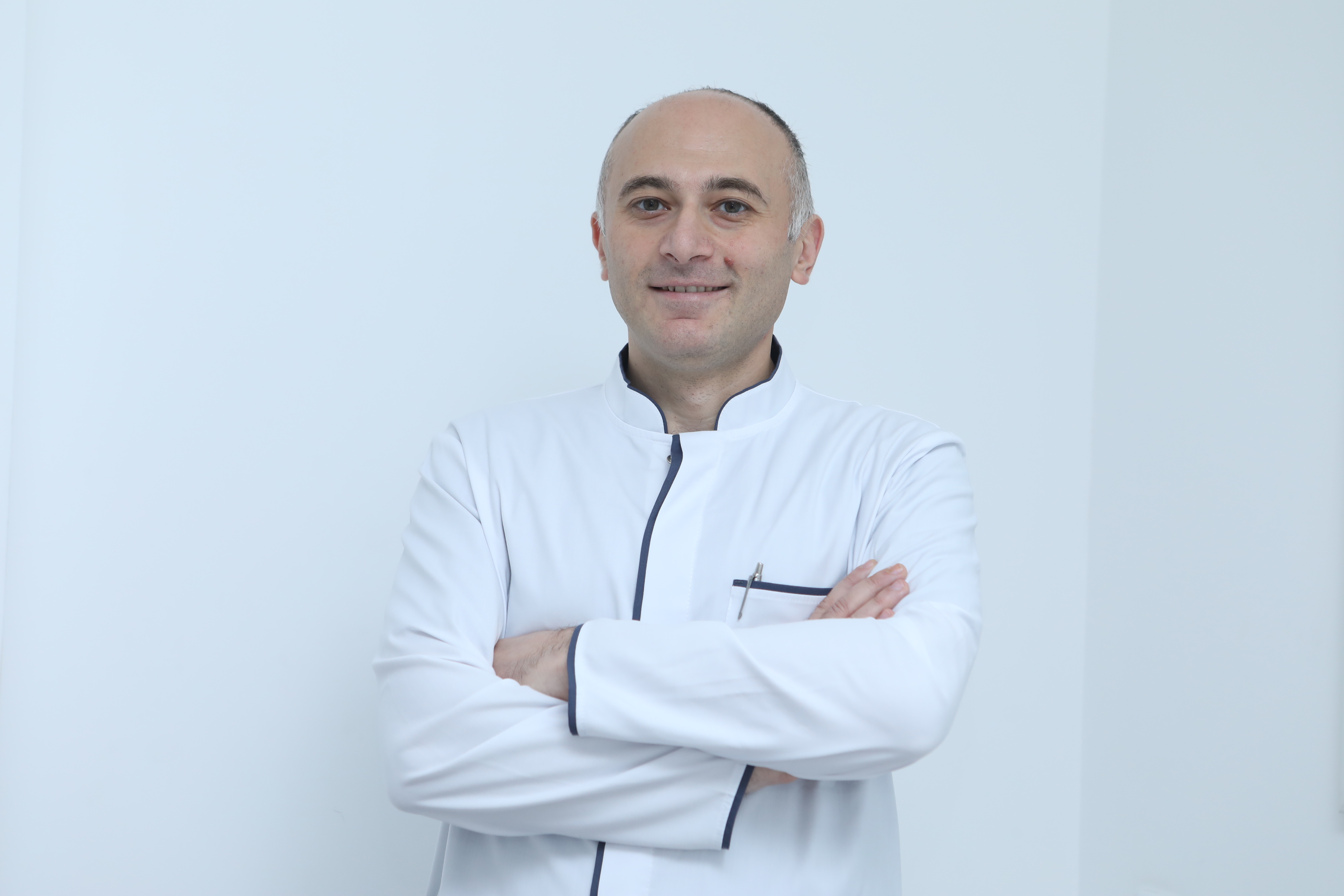


Varicose veins of the lower limbs is a pathological expansion of the subcutaneous veins, one of the most common modern diseases. Before giving birth, 40 percent of women and 80 percent of women who have given birth have varicose veins, in the case of men, 30-40 percent, says Aram, head of the vascular surgery service of the "Normed" medical center, candidate of medical sciences, lecturer at YSU. Khachatryan.
"We got varicose veins because of our vertical position. quadrupeds do not have varicose veins. Physiological dilatation of veins is manifested in everyone, for example, in a warm environment, in the bathroom, subcutaneous veins dilate, they recover in cold air. physiological expansion-narrowing is possible, it regulates the nervous system. Varicose vein dilatation is irreversible. The disease has no retreat, at best it can stop or develop slowly."
Manifestations
In the first stage, the disease is manifested by external changes, if treatment is not initiated at this stage, swelling occurs due to blood circulation disruption, mainly in the lower part of the leg, if treatment is not done at this stage, the swelling can spread and rise up. Next, skin nutrition disorders develop: dermatitis, wounds, itching, allergies, trophic ulcers, hard-to-heal, very painful, infectious wounds appear. Complications of the disease, such as bleeding and blood clots, can appear even in the early stages of the disease, says Aram Khachatryan.
Among the complications, the doctor also distinguishes bleeding, when the walls of the vein expand so much that any microtrauma (mosquito bite, scratching, spontaneous) tears the walls of the vein, bleeding begins, or if the skin is not damaged, the vein ruptures, blood clots occur (blood accumulates). is under the skin).
Thrombosis is one of the dangerous complications. In a diseased vein, blood clots and this clot can migrate from the legs with the blood flow to the heart and then the pulmonary artery, causing complex, sometimes fatal consequences.
The course of the disease
Since the blood flows in the legs from the bottom up, nature has created valves in the veins that open only to the heart, the reverse flow is blocked. For reasons still unknown to science, one of the valves becomes diseased or is not congenital, and blood backflow occurs in the area of that valve, downwards. The valve below the diseased valve is constantly under pressure and is damaged, thus the blood flows downward. the disease descends from the top to the foot, transverse spread is also possible, from the groin to the thigh, theoretically covering the entire leg.
Candidate of Medical Sciences Aram Khachatryan says that the causes of the disease are not known, the factors contributing to the development of the disease are known.
Gender: estrogens (female hormones) are vasodilators, unlike testosterone, which is a male hormone. heredity is also a contributing factor. if a woman who has not given birth before the age of 30 has varicose veins, the hereditary factor is considered.
Abusing high heels, wearing pants that squeeze the hips, abusing high temperatures (sunbathing, sauna), excess weight, as well as hormonal drugs, contraceptives, also contribute to the deepening of varicose veins, and also cause thrombosis.
Immobility, hanging the legs for a long time, working in one position contributes to the development of the disease. The fight against constipation is important. the blood from the veins of the legs fills the abdomen, then the heart. If high pressure occurs in the abdomen as a result of constipation, this can also contribute to varicose veins. Flavonoids, proteins of plant origin, are positive for vein walls.
Pregnancy is also one of the factors contributing to the development of the disease. the growing uterus compresses the veins of the pelvis, making it difficult for blood to flow from the leg to the heart.
The treatment
It is not possible to shrink or heal a dilated vein, the preparations intended for the treatment of varicose veins do not cure the disease, but alleviate the symptoms (swelling, feeling of heaviness, itching, leg fatigue), and also strengthen healthy veins, slowing down further disease, says Aram Khachatryan. .
There are several hundred veins in each leg, if ten of them become diseased, to stop the process, you need to get rid of those dilated veins. Previously, they were removed through incisions, now they are removed intravascularly (chemically and thermally).
The doctor says that seven out of ten varicose veins procedures in developed countries are laser. is done with local anesthesia, it is possible to return to active daily life minutes after the intervention. The opinion that the disease recurs after laser intervention is not true, moreover, the statistics show the opposite.
In the case of varicose veins, moderate physical exertion is permissible. walking is good, running not so much. There are no contraindications for physical activity after the intervention.